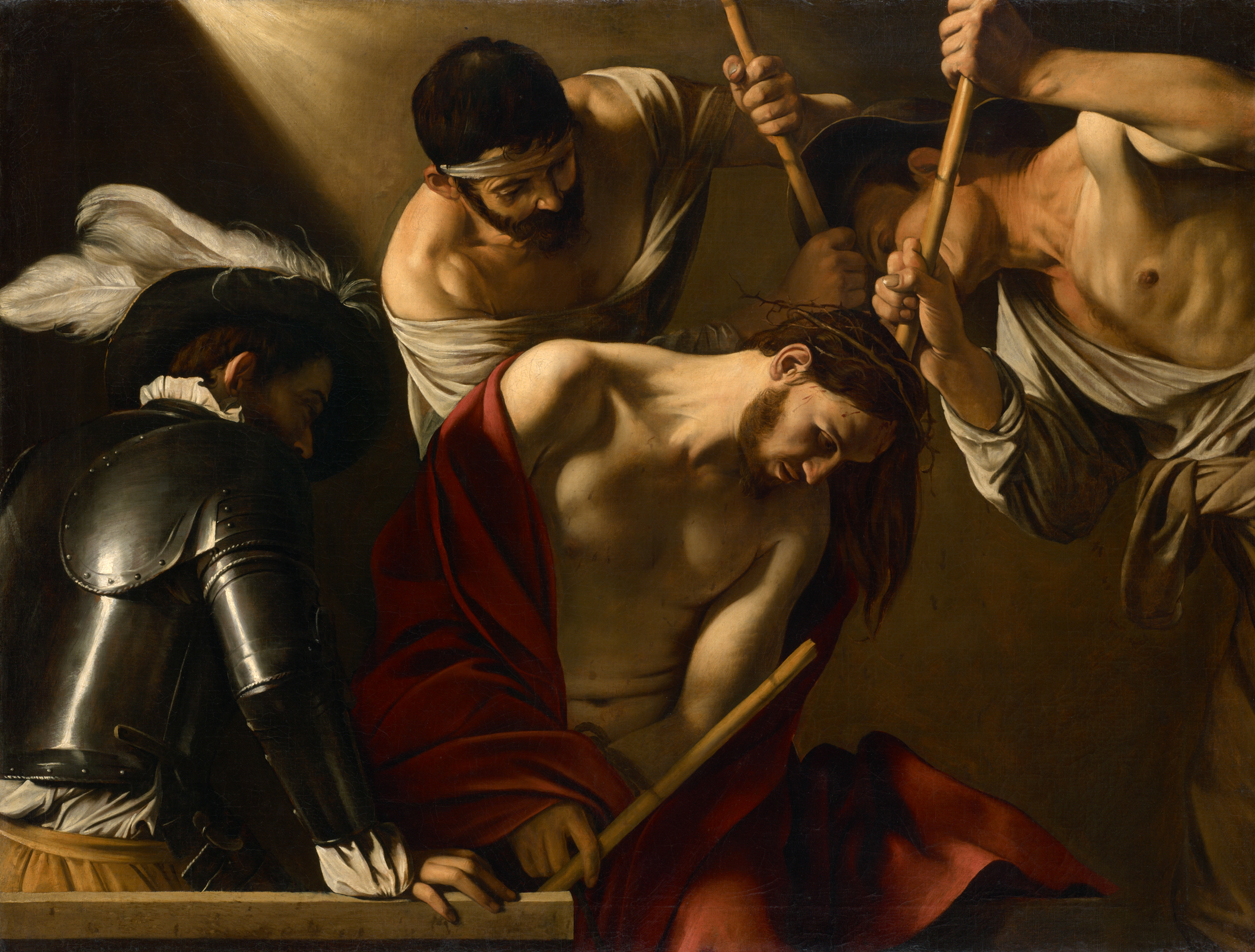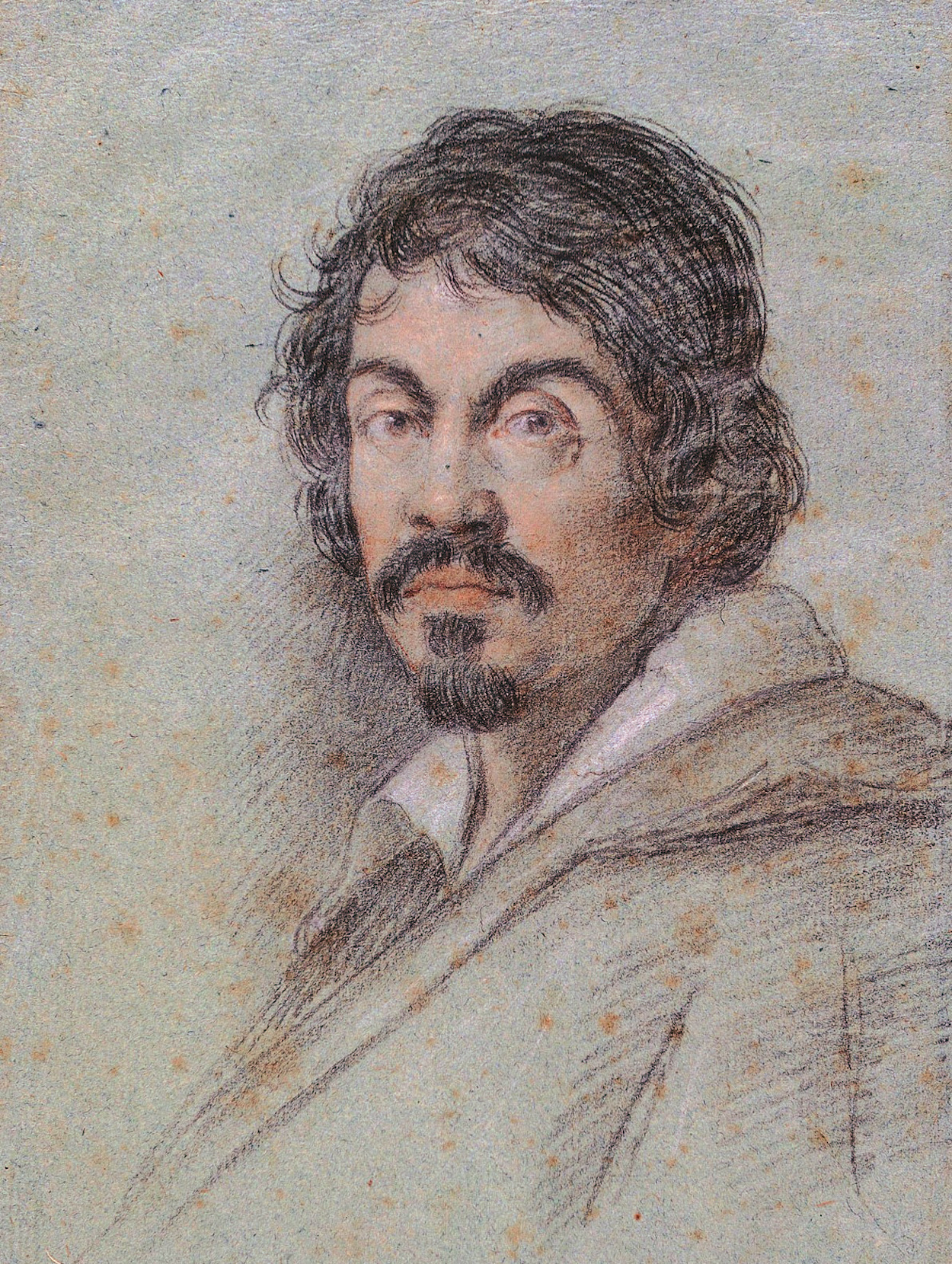Dear DailyArt users, if you need artsy calendars for 2020 we have something for you! Check out what you can buy on our new DailyArt online shop: Women Artists Monthly Wall Calendar, Masterpieces Monthly Wall Calendar, and Weekly Desk Calendar, with beautiful masterpieces and short stories about them. We ship worldwide!
Today we start something truly amazing - for the next four Sundays, we will present MASTERPIECES from the "Caravaggio & Bernini" exhibition at the Kunsthistorisches Museum in Vienna until January 20th, 2020. It's a real must-see of this year, don't miss it! Enjoy :)
As related by Giovanni Pietro Bellori, Caravaggio enjoyed ‘the favour of Marchese Vincenzo Giustiniani, who commissioned a number of pictures from him, including the Crowning with Thorns.’ Today, held in the Kunsthistorisches Museum in Vienna, this exceptionally well-preserved painting may be regarded as one of Caravaggio’s finest works. Despite its stupendous qualities, however, the Crowning with Thorns had a ‘thorny’ path of its own before it was accepted into the canonical circle of the artist's autographed works in 2000.
With the exception of Luke, all accounts of the Passion in the Gospels relate that Jesus of Nazareth was mocked while being crowned with thorns, with a reed placed in his hand for a scepter and a scarlet robe around his shoulders as a further symbol of ‘royalty’. Caravaggio depicts all of this in an undefined space, where two henchmen have raised their canes to rain down blows upon Christ’s head with its crown of thorns. As if in allusion to the forename of the man who commissioned the painting, the canes form a V, while the similar reed Christ holds as a mock scepter can be seen as the initial of his Latinized surname (Iustinianus). A third man in a comparatively contemporary dress under a cuirass observes the scene from the foreground, which despite the ongoing acts of cruelty, depicts a certain intimacy and calm. Caravaggio renders the light conditions on the metal surface of the armour in a virtuoso manner, contrasting them with Christ’s naked torso. The criticism expressed by contemporaries that Caravaggio worked ‘merely’ from living models au naturale instead of from ideas in his mind has been confirmed by scientific research in case of this painting.
The painting hung above a door in the Roman palace of the banker and art connoisseur Marchese Vincenzo Giustiniani. If the place where it was intended to hang was already known at the time of the commission, it could have motivated the strikingly low vantage point of the scene, the emphasis of the lower half of the picture through the brightly illuminated parapet, and even the introduction of the soldier in the foreground.
P.S. For more incredible Caravaggio's works, check out his Bacchus here!


 Caravaggio
Caravaggio